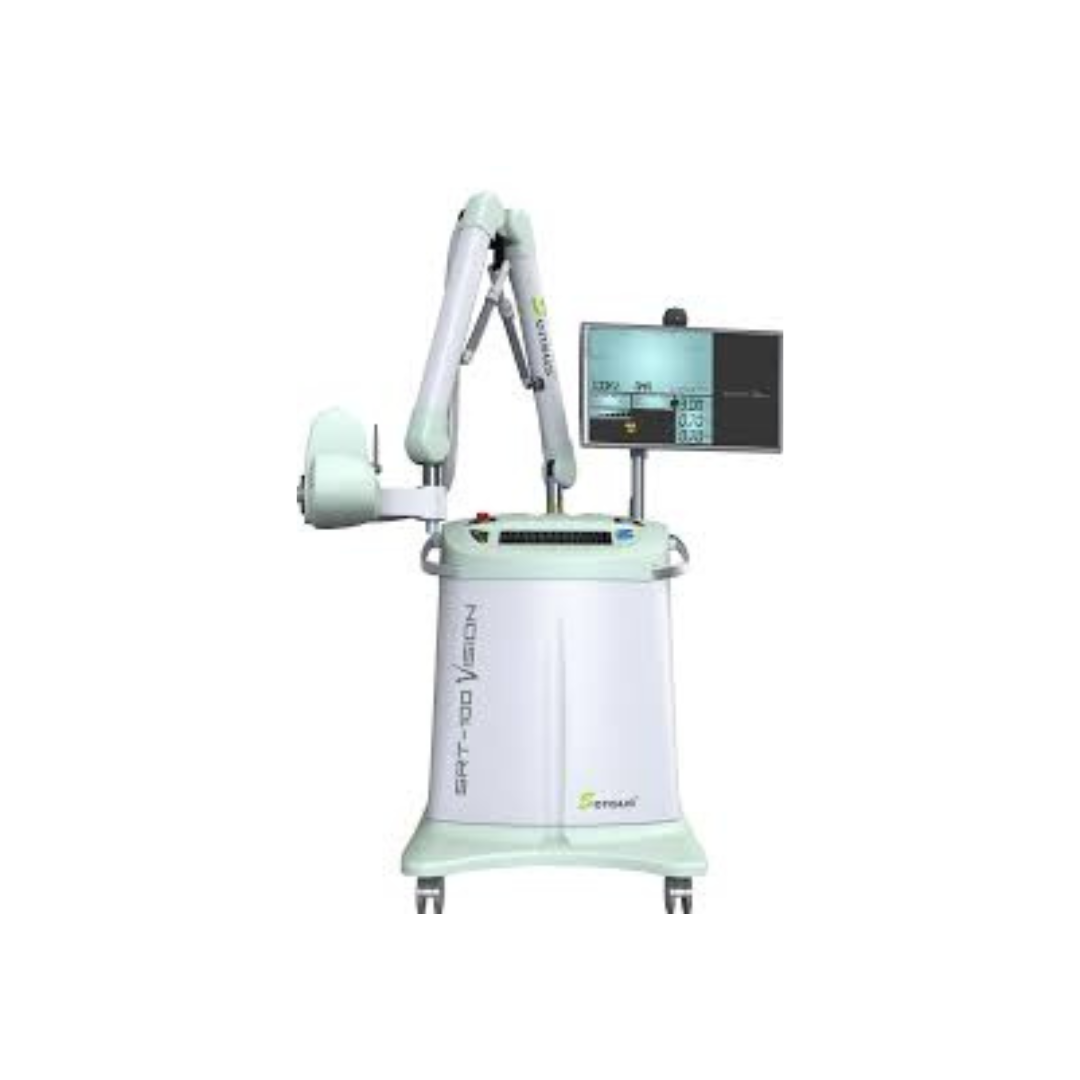Non-melanoma skin cancers, primarily comprising basal cell carcinoma (BCC) and squamous cell carcinoma (SCC), represent the most common types of skin cancer. Fortunately, advancements in dermatological treatments offer various effective options for managing these conditions. We’ll delve into the current non-melanoma skin cancer treatments, ranking them based on their efficacy, invasiveness and recovery periods.
-
Superficial Radiotherapy (SRT)
SRT takes the lead in our ranking due to its non-invasive nature and high efficacy, particularly in treating non-melanoma skin cancers in sensitive or cosmetically important areas. Unlike traditional radiation therapy that deeply penetrates tissues, SRT targets only the skin’s surface, minimizing damage to surrounding healthy tissues. This precision makes it an excellent option for elderly patients or those with contraindications to surgery. With cure rates comparable to surgical methods for superficial cancers and the advantage of preserving the skin’s appearance, SRT is redefining treatment paradigms.
-
Mohs Micrographic Surgery
Mohs surgery is renowned for its precision and the highest cure rate among treatments for BCC and SCC, approaching 99% for new cancers and 94% for recurrent ones. The procedure involves removing the cancer layer by layer and examining each under a microscope until no cancer cells are detected. Its ability to conserve healthy tissue makes it ideal for cancers in visible areas like the face. Despite its effectiveness, the procedure’s complexity and the need for specialized training place it just below SRT for overall patient convenience and accessibility.
-
Excisional Surgery
This traditional approach involves cutting out the cancerous lesion along with a margin of surrounding healthy tissue. It’s straightforward and effective, with high cure rates, especially for less complex cases. Excisional surgery is widely used due to its simplicity and effectiveness. However, it requires local or general anesthesia and can leave a scar, making it less favorable for lesions in highly visible areas.
-
Cryotherapy
Cryotherapy uses liquid nitrogen to freeze and destroy non-melanoma skin cancer cells. It’s quick, effective for small and superficial lesions, and often used for pre-cancerous conditions like actinic keratosis. The procedure is less invasive but may require multiple sessions and can result in changes to skin texture and pigmentation, limiting its use for larger or deeper tumors.
-
Photodynamic Therapy (PDT)
PDT involves applying a photosensitizing agent to the skin, which becomes active under a specific light wavelength, destroying non-melanoma skin cancer cells. It’s particularly beneficial for superficial BCCs and offers the advantage of minimal scarring. The treatment’s effectiveness is somewhat limited to surface lesions, and patients must avoid sunlight for some time after treatment, which can be a drawback.
-
Topical Treatments
Topical therapies, such as imiquimod or 5-fluorouracil, are less invasive options for treating superficial BCCs and actinic keratosis. These treatments stimulate the immune system to attack cancer cells or block their growth. While appealing for their noninvasiveness, their effectiveness is generally lower than that of more direct methods, and treatment can extend over several weeks.
-
Electrodesiccation and Curettage (E&C)
E&C involves scraping away the cancerous growth and using electricity to kill residual non-melanoma skin cancer cells. It’s quick and can be effective for small, superficial cancers.
However, it’s less precise than other methods, with a higher risk of recurrence, and may not be suitable for cancers in cosmetically sensitive areas.
The Future of Skin Cancer Treatment is Bright
The landscape of non-melanoma skin cancer treatment is diverse, offering a range of options from non-invasive to surgical. Superficial radiotherapy (SRT) emerges as a leading choice for its combination of efficacy, non-invasiveness and cosmetic outcomes, particularly suitable for patients seeking alternatives to surgery. However, the best treatment choice depends on various factors, including the cancer type, size, location and patient health. Consulting with a dermatologist or oncologist is crucial to determine the most appropriate treatment plan tailored to individual needs. As research progresses, the future for non-melanoma skin cancer treatment looks promising, with ongoing advancements improving patient outcomes and quality of life.


